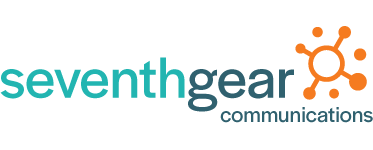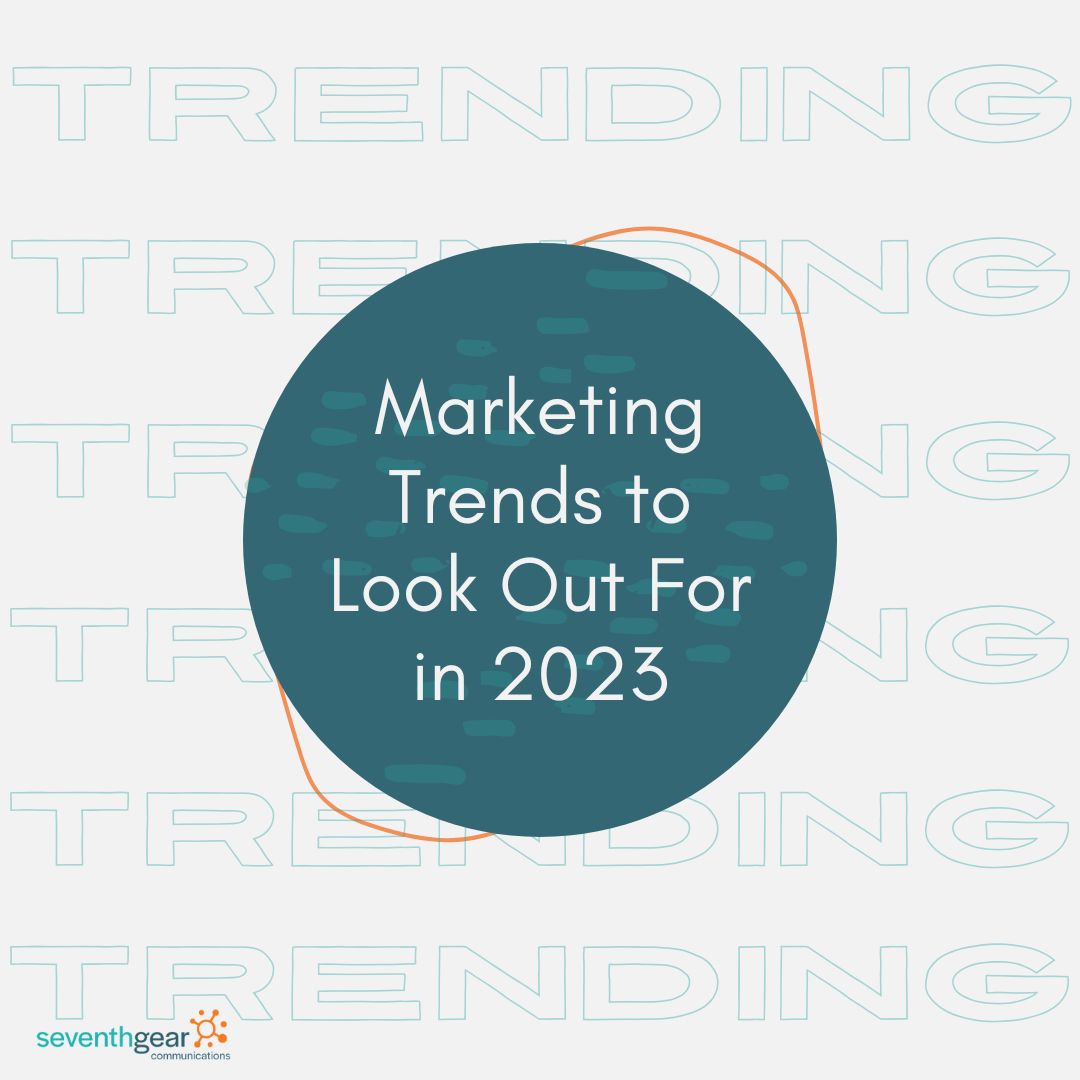With the upcoming new year, new marketing trends will be emerging. As marketers, our role has become broader than ever. Marketing will have to be more inclusive and connected to real stories and consumer needs. Here are some of our forecasted industry trends for 2023.
Employee Engagement
While not exactly a marketing strategy, employee knowledge and communication with clients build long-lasting relationships. Marketers are the faces of the brand, and well-informed and trained marketers produce the best content and strategy.
Engaging employees in the brand culture could look like a handful of things. It could incorporate additional opportunities to climb the corporate ladder, or working on projects dedicated to an individual’s strengths. It all comes down to marketers feeling valuable and heard from entry level all the way up to senior management. Happy professionals are more likely to share their experiences through social media and produce more successful campaigns, which can harbor a post that is seven times more likely to create brand conversion.
Personalization, Personalization, Personalization
Our email inboxes are flooded with dozens of marketing emails a day. Our social media is oversaturated with 
brands pushing products that could be in our recent search history. We have begun to automatically ignore traditional marketing efforts simply because they do not speak to us on a personal level. To achieve a personal connection in marketing communications, personal relevance to the recipient should be a priority over quantity.
Personalization can look like many different strategies in 2023. It could include promoting products in their search history and creating an algorithm for their interests, targeted promotions, or even consumer-generated marketing (more on this in a later section!). Bottom line is that 91% of consumers will return to a brand when it provides relevant and accurate recommendations. If you`re unsure of where to start with rebranding your marketing strategy, implementing more personalization tactics could show timely and positive results!
Social Responsibility and the Informed Consumer
Social responsibility for a brand is the idea that it is conscious of its impact. This could be an environmental impact, human rights, or any other social obligation that may align with consumer values. This has become extremely pertinent in the last several years.
Consumers have more resources than ever to research company practices and this is now one of the main components of buying power. A great example of a brand that maintains consistent social responsibility is Ben and Jerry`s. On their website they even have an “Issues We Care About” tab that allows consumers to read through relevant social issues, how the brand supports them, and any additional resources consumers may want on the topic.
Every company doesn`t have to go this far, especially if it feels inauthentic for your brand, products, or services. Highlighting a relevant issue and providing consumers with transparent information about your brand is another valuable method to align with consumer values. For example, clothing brand Fabletics has social media highlights speaking on their donations for cancer awareness and research and their work with charities surrounding the Stop Asian Hate movement. This highlight is perfectly titled “Our Impact.” For more examples of brands’ successful corporate social responsibility campaigns check out this article from the Digital Marketing Institute.
Improved UX and Consumer Experience
Design and marketing should complement one another in a brand. Design and UX extend past the product 
or service you`re marketing and can play a large deciding factor if consumers want to invest their money into your brand. If you want to enhance the overall backend UX and design, collaborating with a professional field is most likely the easiest and most effective way to instill change. If you want to tackle your UX and consumer experience yourself, here are some easy starting points.
Establish Your Call-to-Action
If you want to ease into improving your UX and consumer experience changing smaller details can have a large impact. For example, tailoring your CTA and its placement in your web design can make a bigger difference than you think. Determine what is the first action you want the visitor`s on your site to do. Once that is established, follow with cohesive and complimenting design and language.
If you utilize programs like Google Analytics or an analytic tracking system, you can set your CTA up as a goal. Whether your message is about signing up for a newsletter, inquiring for more information, or making a purchase, tracking the source and medium that users come from to interact with your CTA can be great insight. This can also be a great focal point for A/B testing to see what works best for your brand.
Tracking Trends and Clicks
Obtaining capabilities to see what users are doing or looking for on your site is an excellent indicator of what can be improved on and what could be discarded. If users seem more drawn to certain pages, texts, or images, this can signal an expansion in this area. Similar to above, creating reports on statistical aspects like bounce rate, exit, and landing pages can be useful on where your website may need more for your users. Utilizing heat and scroll maps can provide insight into what content can lead to more conversions; therefore, better consumer experiences and growing brand loyalty.
Get Social
With how extensive our algorithm has grown, we often interact with a brand’s social media before its website. Consumers are always interacting with content–so connecting and building strong socials with your brand heightens your chances that consumers will spend more time with your content. Mastering what your consumers want to see can also be a lot easier through social media business accounts. Through social media business accounts, you can see interactions right through the app. With this instant and convenient feedback, you can tailor all of your future posts and current aesthetics to tap into your target audience. Additionally, incorporating socials adds a human element. Seeing the people behind the brand and their stories builds parasocial relationships and make consumers want to support your brand.
User-Generated Content
 User-generated content and campaigns have become more popular due to trending patterns and how quickly posts can be shared and interacted with across social media. Any kind of marketing that includes a hashtag or call for all users to participate can be considered a user-generated campaign. For example, designer brand Louis Vuitton has the social campaign #mylv where users can post their Louis Vuitton purchases with the hashtag to the online community. Users who follow these posts get brand and product exposure and this could lead to brand conversion and purchases. Campaigns like these give consumers creativity with how they see the brand in their eyes and are able to make it their own. This creativity can translate into more brand awareness with demographics that may be left out of the brands original intended audience.
User-generated content and campaigns have become more popular due to trending patterns and how quickly posts can be shared and interacted with across social media. Any kind of marketing that includes a hashtag or call for all users to participate can be considered a user-generated campaign. For example, designer brand Louis Vuitton has the social campaign #mylv where users can post their Louis Vuitton purchases with the hashtag to the online community. Users who follow these posts get brand and product exposure and this could lead to brand conversion and purchases. Campaigns like these give consumers creativity with how they see the brand in their eyes and are able to make it their own. This creativity can translate into more brand awareness with demographics that may be left out of the brands original intended audience.
In the current landscape, this could be a great strategy for brands who want to increase their social media interactions, or who work with influencers.
2023 is forecasted to be a year of more personalized media campaigns, corporate social responsibility awareness, and enhanced UX. Implementing these trends are some ways to keep up with the changing industry into the new year and could make it easier to adapt to trends in the future.
Comments are closed.

